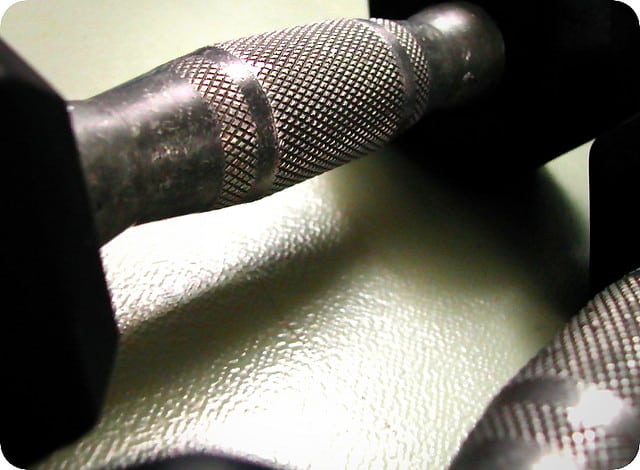
I came across a great article (Taipale et al. (2010). Strength training in endurance runners. Int J Sports Med, 31(7), 468-76. Epub Apr 29.) on combining strength training and endurance running.
Runners are usually hesitant to step foot in the gym because they believe only running will make them a better runner.
For those that DO step in to the gym, the exercise selection and program consists of machines and circuit training…makes sense right? Circuit training with high reps should help with the endurance needed to run a fast 1okm, shouldn’t it? Not quite…
This study examined effects of periodized maximal versus explosive strength training and reduced strength training, combined with endurance training, on neuromuscular and endurance performance.
Quick notes on this study:
- This study looked at recreational endurance runners
- Subjects first completed 6 weeks of preparatory strength training.
- Groups were created with a different program design (8 weeks of training) and exercise focus: maximal strength (MAX, n=11), explosive strength (EXP, n=10) and circuit training (C, n=7)
- Following, was 14 weeks of reduced strength training. I believe the study included this phase to simulate the tapper during the racing season.
The study measured:
- Maximal strength (1RM)
- EMG of leg extensors
- Countermovement jump (CMJ),
- Maximal oxygen uptake (VO2 max)
- Velocity at VO2 max
- Running economy (RE)
- Basal serum hormones
The study found improvements in maximum strength and countermovement jump (p<0.05) in all groups – also increased EMG in MAX (maximum strength group) and EXP (explosive strength group) (p<0.05) during strength training.
Minor changes occurred in VO2 max, but velocity at VO2 max improved in all groups (p<0.05) and running economy in EXP (explosive training group) (p<0.05).
During reduced strength training maximum strength and EMG activity decreased in the maximum training group (p<0.05) while the velocity at VO2 max in MAX (maximum training group) and EXP (explosive training group) (p<0.05) and running economy in MAX (maximum training group) (p<0.01) all improved.
They found serum testosterone and cortisol levels unaltered.
I’ll quote the article because they sum it up best:
“Maximal or explosive strength training performed concurrently with endurance training was more effective in improving strength and neuromuscular performance and in enhancing the velocity at VO2 max and running economy in recreational endurance runners than concurrent circuit and endurance training.”
What does this mean for you?
1. Circuit training is not effective strength training for a recreational endurance runner. I am going to speculate with much certainty that this approach doesn’t bode well for a trained endurance runner either.
2. Strength train with heavy sets of 5 or less with long breaks – 3-4 minutes between sets.
3. Lift heavy at the right time of year – don’t ruin your legs during racing season.
4. Explosive strength training AKA plyometric training should form a major component of your strength and conditioning program. It has been shown to improve running economy and racing performance via multiple physiological mechanisms.
Thanks for reading,
-JK







































